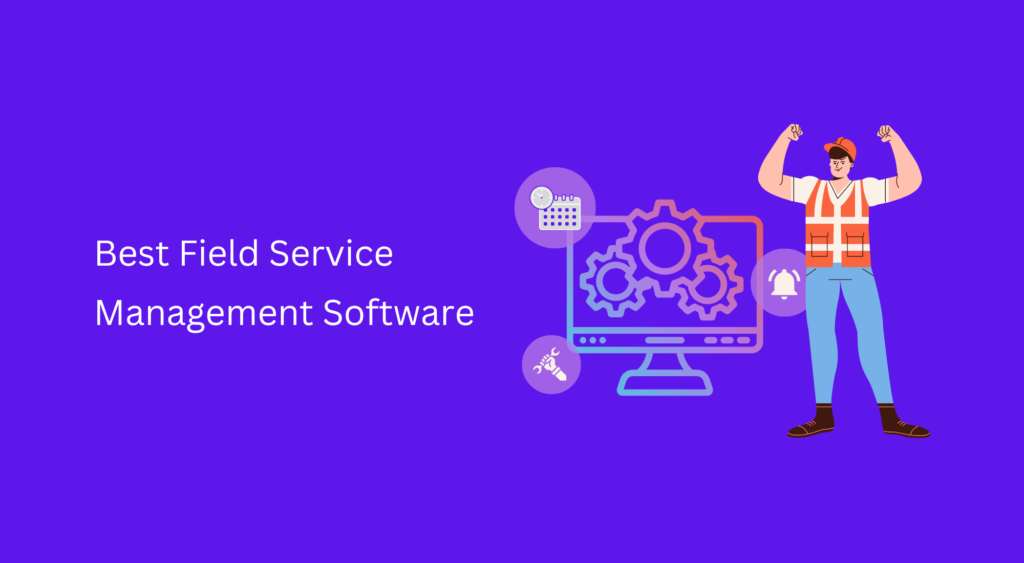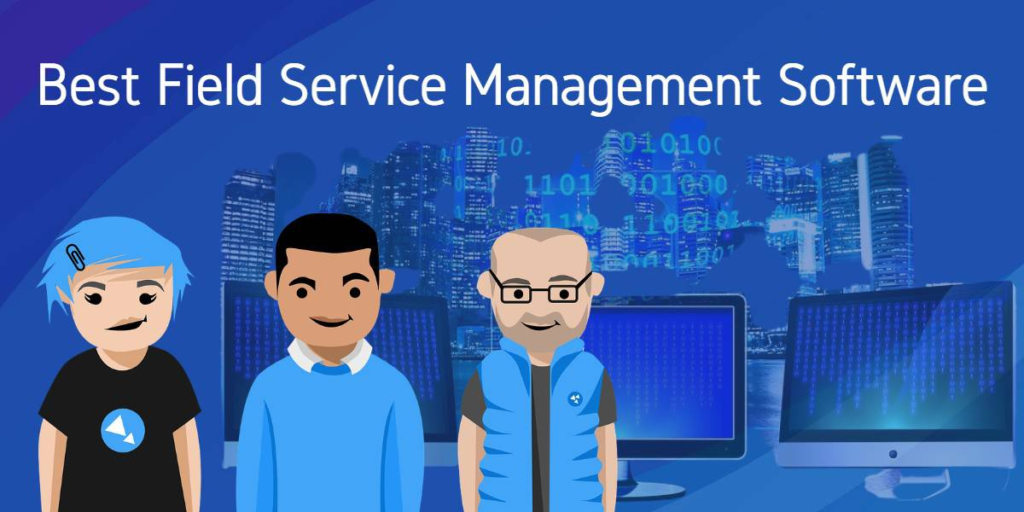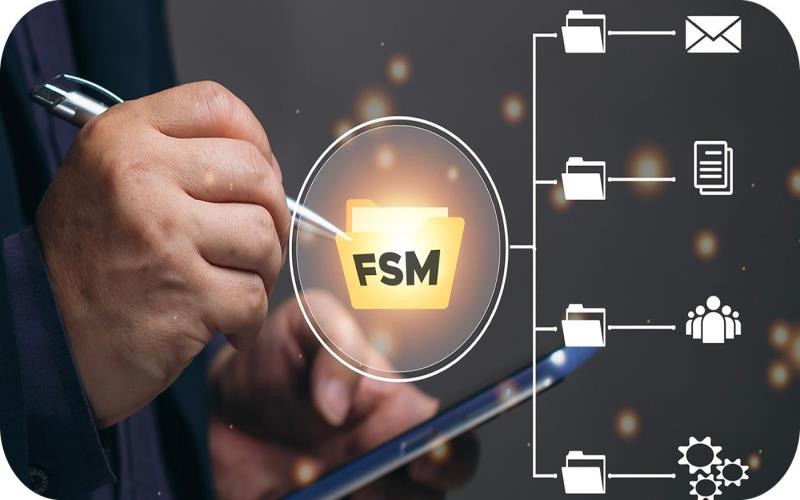Utilizing field service management software can transform the way companies manage scheduling, dispatching, and task tracking, enhancing efficiency and customer satisfaction. However, the effective deployment of this software significantly depends on properly training your team.
Educating your team on field service management software is essential for guaranteeing its effective deployment. By emphasizing customized training, practical experience, and ongoing assistance, companies can equip their teams to adopt the software and optimize its advantages.
Advantages of Field Service Management Software
To encourage excitement and involvement during training, it’s essential that your team recognizes the advantages of the software. Emphasize how it streamlines everyday activities, enhances communication, and minimizes mistakes. This comprehension fosters a feeling of purpose and promotes active involvement throughout the train process.

Field service management software combines tools including task allocation, live tracking, and performance evaluation. For technicians, it signifies less paperwork, clearer guidelines, and improved resource distribution. Managers gain from efficient scheduling and enhanced insight into field operations.
By emphasizing these benefits, your team will recognize how the software directly influences their responsibilities, creating a more seamless training experience.
Tailoring Training to Different Team Roles
Everyone on your team will not engage with the software in a uniform manner. Training sessions should be customized to meet the particular needs and duties of various roles. Customized training guarantees that every team member obtains pertinent information, minimizing the likelihood of confusion and enhancing confidence in software utilization.
When evaluating tools like Jobber vs Housecall Pro, the customization of training becomes even more critical, as each platform may cater to distinct workflows or require different approaches for optimal use.
By catering to the specific needs of every position, customized train not only speeds up the learning journey but also encourages teamwork among departments. Everyone obtains a clear insight into their duties and how their input aligns with the overall process.

Providing Hands-On Training Sessions
Practical training is among the most efficient methods to assist your team in mastering field service management software. Through active participation in training sessions with the software, employees are acquainted with its interface and functions, enhancing their confidence and skill level.
Facilitate engaging sessions where team members can rehearse practical scenarios. Practical train provides instant feedback, assisting your team in rectifying errors and enhancing learning efficiency. It also reduces the learning curve by transforming theoretical understanding into applicable skills.
When team members acquire firsthand knowledge, they are more prepared to manage the software’s features in their daily activities.
Encouraging Continuous Learning and Support
Training should continue beyond the initial sessions. For sustained success, companies need to cultivate a culture of perpetual learning and offer consistent support.
This method ensures your team stays informed about new features, addresses issues, and strengthens their understanding. Setting up regular refresher courses and workshops can assist employees in maintaining their skills in using the software. These sessions may emphasize advanced functionalities, shortcuts, or problem-solving methods that improve efficiency.
An additional efficient approach is offering access to a knowledge base or instructional materials. This resource can act as a speedy guide for employees facing problems, decreasing downtime and limiting interruptions. To explore more strategies and solutions, click here for more information on effective software training practices and resources.

Measure Progress
- Assess Understanding: Use quizzes, tests, or practical tasks to assess understanding after each training module. This helps identify knowledge gaps and ensure that all users are competent.
- Track Software Adoption: Monitor usage patterns and adoption rates of the software to see if additional training is needed.
Leverage Software Integrations
- Show How it Integrates: Ensure your team understands how the FSM software integrates with other tools (CRM, ERP, inventory management, etc.). Training them on these integrations can improve the workflow and user experience.
Set Realistic Expectations
- Give Time to Adapt: Learning a new system takes time. Set clear expectations regarding the time it will take for the team to become fully comfortable with the software and start seeing the benefits.
- Patience: Be patient and provide ongoing motivation and support. Positive reinforcement goes a long way in ensuring success.
By following these tips and creating a structured, supportive environment, your team will be well-equipped to leverage FSM software to improve efficiency, reduce costs, and enhance customer satisfaction.

